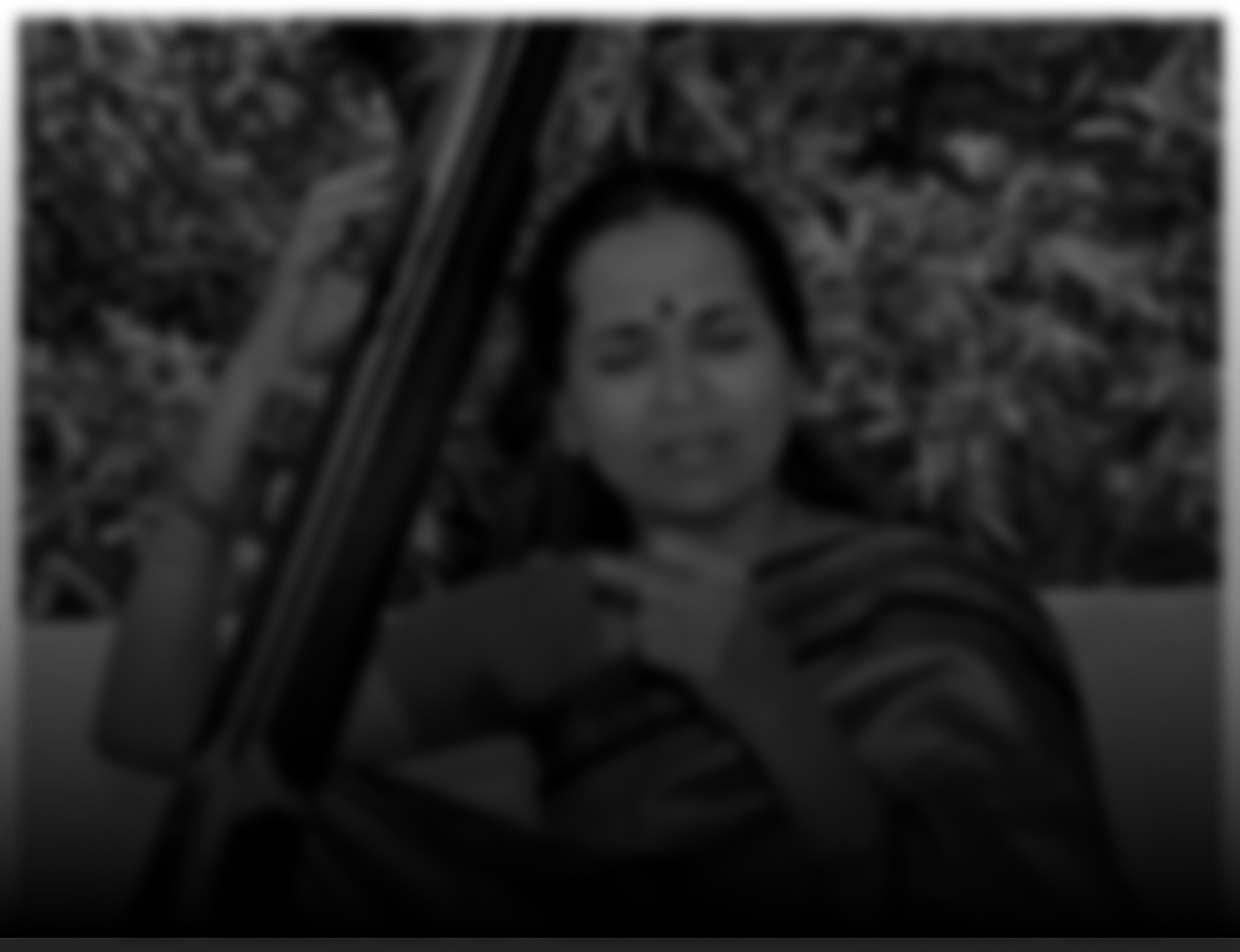Panta is a pretty untranslatable word in tamil having many hues of meaning stemming from the root sense of “way, manner or form”. It is used in the sense of fuss and formality in certain contexts such as this.
We often find people lamenting lack of concert manners among Carnatic music audiences. Oh, they sing along, put the talam loudly, walk in an out as they please and so on. But it is possible to see such audience behaviour as integral to the character of Carnatic music, to its evolution and social presence. It could be an irritant, but within limits, the utter informality of a Carnatic concert can be alluring; this came to the mind during a TM Krishna concert for Nadopasana.
This was one of the front ranking carnatic vocalists of today, a highly sought after musician the world over, whose music embodies some of the finest things about Carnatic music. And as for Carnatic music itself, it is one of the most sophisticated systems in the world, offering a magnificent combination of the rootedness in a great tradition, while allowing immense scope for improvisation and creativity. The performance was before the Mylapore audience, most of which would be more than just music literate. If there is an audience that knows its music, it is the Mylapore one. And yet, the event happened with no fan fare.
The stage was absolutely no frills. Musicians on stage were no frills either – informally attired. Two tambura-s looming on either side of the vocalist, a violinist, mridangam and ghatam players completed the ensemble on stage.
Lights are dimmed to acceptability levels – both for the musicians on stage and the audience. Krishna starts off with the Kedaragowla song Venugaanalola and sings it with superb bhavam. The feedback is not great and there are some discussions on the stage. The mikeman has disappeared of course. Ritvik Raja, Krishna’s student, trots off to find him and brings him back. Krishna signals to him to please remain available and the mikeman nods sulkily. Any lesser musician would not have been able to get the elusive guy to stay put!
And then Krishna embarks on a raga alaapana of Atana. As can be expected of him, nothing is on expected lines. He is focussing on the raga and trying to work some crazy, mind blowing phrases around the dhaivatam and in saunters the photographer. Man! Did he want photos! The flashes went on and on for sometime until Krishna folded his hands and asked him to stop. The photographer went away. The violinist played Atana and Krishna embarked on epaapamu ne jesiti. And the photographer was back! All of us were disbelieving! How many photos did the man need! Krishna good humourdly grinned and did a small abhinaya – epaapamu jesitine!
Nadopasan Srinivasan, that utterly sincere man, walked up and down once or twice in his trademark veshti and shirt. He makes a trip on to the stage to leave a couple of bottles of water. Krishna asks him at one point – “Till what time Mama? 8.30?” “No, no 8.45.” comes the reply. Krishna runs his hand over his head – it is 8 pm and he has just finished an elaborate piece – Bhairavi swarajati with ragam, neraval, swaram, tani. OK! Lets do an RTP then.
This utter informality, to repeat the phrase, hides well the magnitude of the event that happened. The training and practice of the musicians on stage, the ferocity of the working of their minds during the concert, the physical and mental effort that goes into this, the weight of the tradition of music, the listening experience of the audience, their sahrudayatva honed by years of listening to good music, the effort of the sabha people in putting together such a concert – all of these made this event. But no fuss is made! Was the mikeman told how he must behave or the photographer told not to intrude? When musicians like Ravi Shankar play, there is a list of do-s and don’t-s that the organiser disobeys at his peril. The photographer must behave, the mike man must also behave and the audience too, of course, for the great man to play. There is a code of behaviour too in Western music concerts and most Hindustani musicians like some panta when they perform.
But, the informal air of a carnatic music concert is something we must cherish – while always remembering that this music is truly one of the greatest things that the world has to offer.
